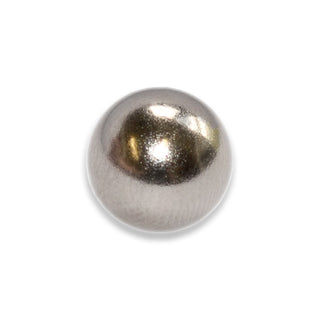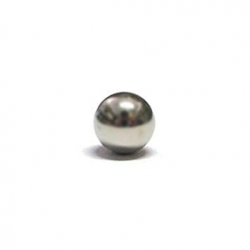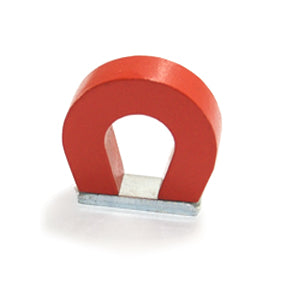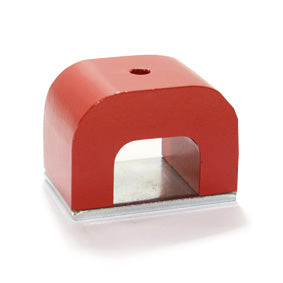Education and Science
Educational Magnets are a valuable tool for teaching students about magnetic fields, attraction, and polarity in a hands-on and engaging way. AMF’s range helps teachers and science educators demonstrate magnetic principles clearly, inspiring curiosity and a deeper understanding of physics.
As magnetism continues to play a vital role in scientific and technological advancement, understanding its properties is essential for learners at all levels. Classic Horseshoe Alnico magnets and Spherical Magnets are ideal for classroom demonstrations, allowing students to visualise magnetic fields using iron filings. These simple yet powerful tools make magnetic forces visible, helping to bridge theory with real-world scientific applications.
FAQ
How are magnets used in science education?
Magnets are essential tools in science education, helping students explore fundamental concepts such as magnetic fields, forces, attraction and repulsion and electromagnetism. Magnets are commonly used in classroom experiments, demonstrations and STEM kits to make abstract concepts tangible and interactive.
What types of magnets are best for classroom experiments?
Ferrite (ceramic) magnets and Alnico magnets are often preferred in classrooms due to their durability, safety and affordability. Ferrite magnets provide sufficient magnetic force for demonstrations without the hazards associated with stronger rare earth magnets like neodymium, making them ideal for hands-on learning with students of all ages.
Can magnets be used to teach more advanced scientific concepts?
Yes, magnets are valuable tools in teaching advanced topics such as electric motors, magnetic fields, induction and electromagnetism. In physics and engineering classes, magnets are used to demonstrate how magnetic fields interact with electric currents and to explore real-world applications like generators, MRI machines and maglev trains.
Are there safety concerns when using magnets in education?
While most classroom magnets are safe, there are important precautions to follow. Strong magnets can pinch skin, damage electronics or become a choking hazard if small. It's important to choose age-appropriate magnets, supervise experiments and avoid using powerful neodymium magnets with young children unless supervision and proper safety measures are in place.
Not enough in stock. Please choose a lower quantity.
Minimum order quantity is 1
Not enough in stock. Please choose a lower quantity.
Minimum order quantity is 1

Alnico Horseshoe Magnet - 75mm x 38mm x 9mm
Code: 49011
Not enough in stock. Please choose a lower quantity.
Minimum order quantity is 1
Not enough in stock. Please choose a lower quantity.
Minimum order quantity is 1

Magnetic Liquid Ferrofluid EFH1 - 30mL
Code: FF30
Not enough in stock. Please choose a lower quantity.
Minimum order quantity is 1
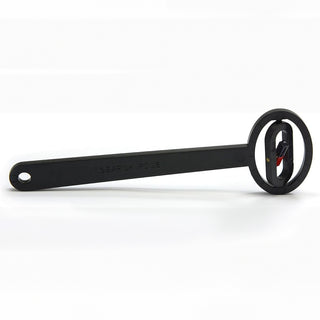
Magnetic Pole Identifier
Code: SW711001
Not enough in stock. Please choose a lower quantity.
Minimum order quantity is 2
Not enough in stock. Please choose a lower quantity.
Minimum order quantity is 1
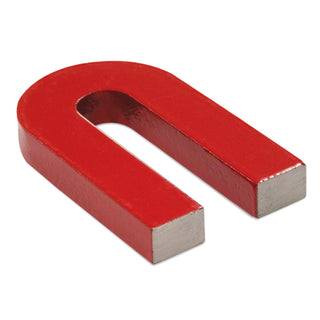
Alnico Horseshoe Magnet - 5.08cm x 2.54cm x 6.35mm | Pull Force 1.36kg
Code: MCT07225
Pull Force: 1.36kg
Not enough in stock. Please choose a lower quantity.
Minimum order quantity is 1

Alnico Horseshoe Magnet - 51mm x 41mm x 16mm
Code: 49015
Not enough in stock. Please choose a lower quantity.
Minimum order quantity is 1
Not enough in stock. Please choose a lower quantity.
Minimum order quantity is 1






